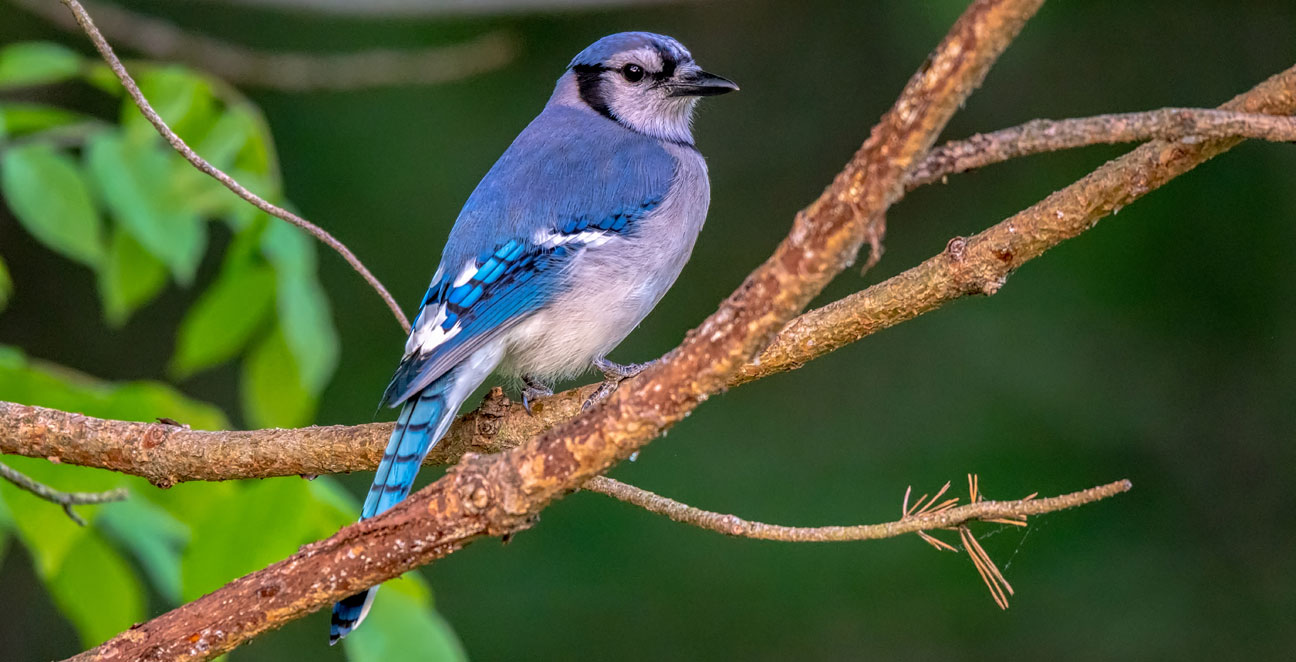
Ring-necked Pheasant
Scientific Name:
Phasianus colchicus
Length:
19.7-27.6 in (50-70 cm)
Weight:
17.6-105.8 oz (500-3000 g)
Wingspan:
22.1-33.9 in (56-86 cm)
Nest:
The nest is on ground level in dense cover and is a shallow depression lined with grass, leaves, weeds. Occasionally they will nest in a haystack, or old nest left by other birds.
Eggs:
10-12, sometimes 6-15 or more. Plain olive-buff, rarely pale blue. Females sometimes lay eggs in each others' nests or in those of other birds; clutches of more than about 18 probably result from two or more females. Incubation is by female only, 23-28 days.
Feeding Behavior:
They eat a wide variety of animal and vegetable type-food, like fruit, seeds, grain, mast, berries and leaves as well as a wide range of invertebrates, such as leatherjackets, ant eggs, wireworms, caterpillars, grasshoppers and other insects; with small vertebrates like lizards, field voles, small mammals and small birds occasionally taken. Typically feeds on ground, scratches with feet or digs with bill to uncover food, sometimes in trees.
Young:
They leave the nest with female shortly after hatching; mostly feed themselves. The young are capable of short flights at about 12 days, but stay with female for 10-12 weeks.
Range:
Common pheasants have become well established throughout much of the Rocky Mountain states, the Midwest, the Plains states, as well as Canada and Mexico. In the southwest, they can even be seen south of Albuquerque, New Mexico. It is common on the Great Plains. They have also been introduced to much of northwest Europe, the Hawaiian Islands, Chile, Uruguay, Peru, Argentina, Brazil, South Africa, New Zealand, and Australia.
Brief Description:
They have red faces and an iridescent green neck with a bold white ring. The male’s very long tail is coppery with thin, black bars. Females are brown with paler scaling on the upperparts; buff or cinnamon underparts with black spotting on the sides; and thin, black bars on their tails.